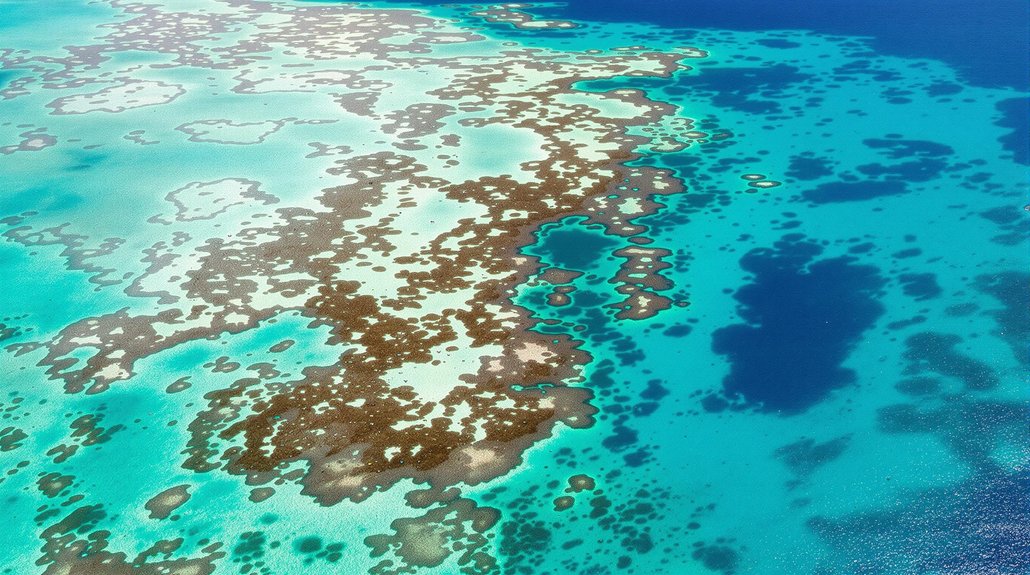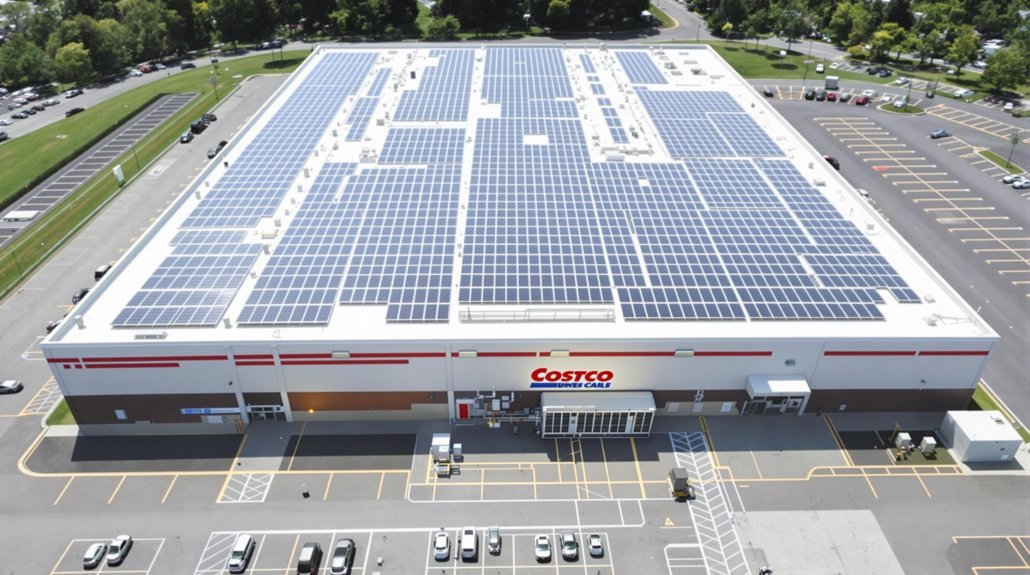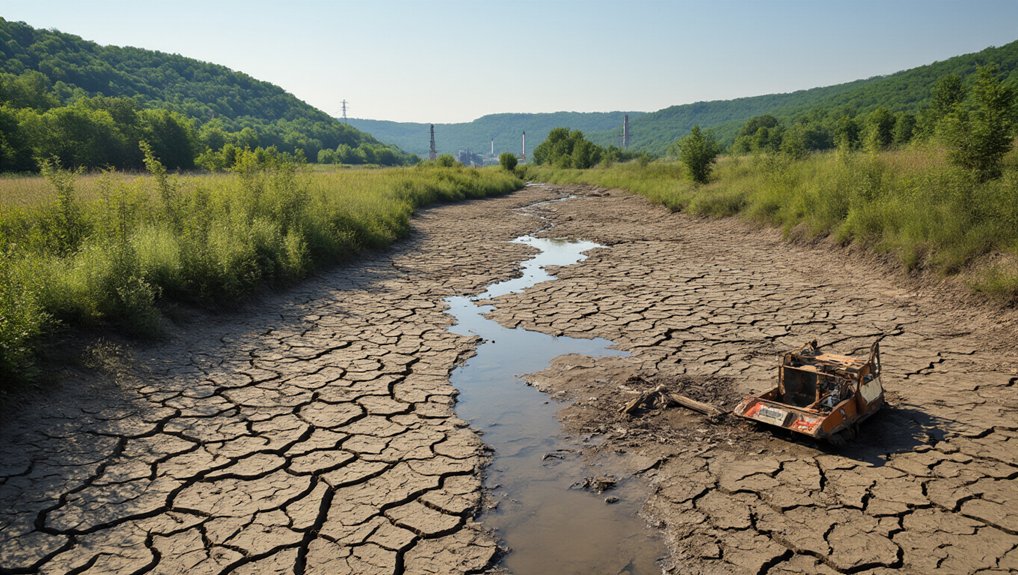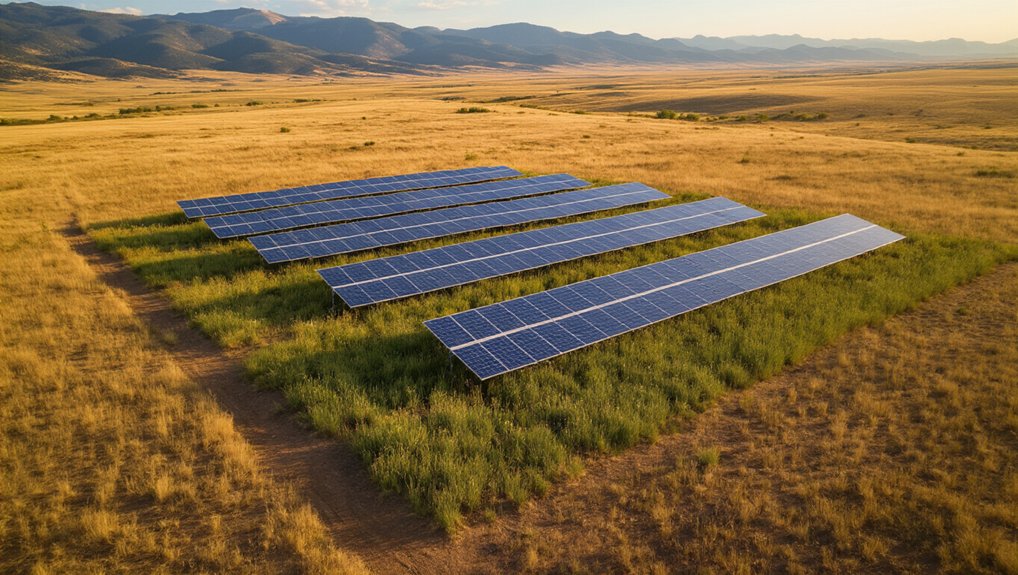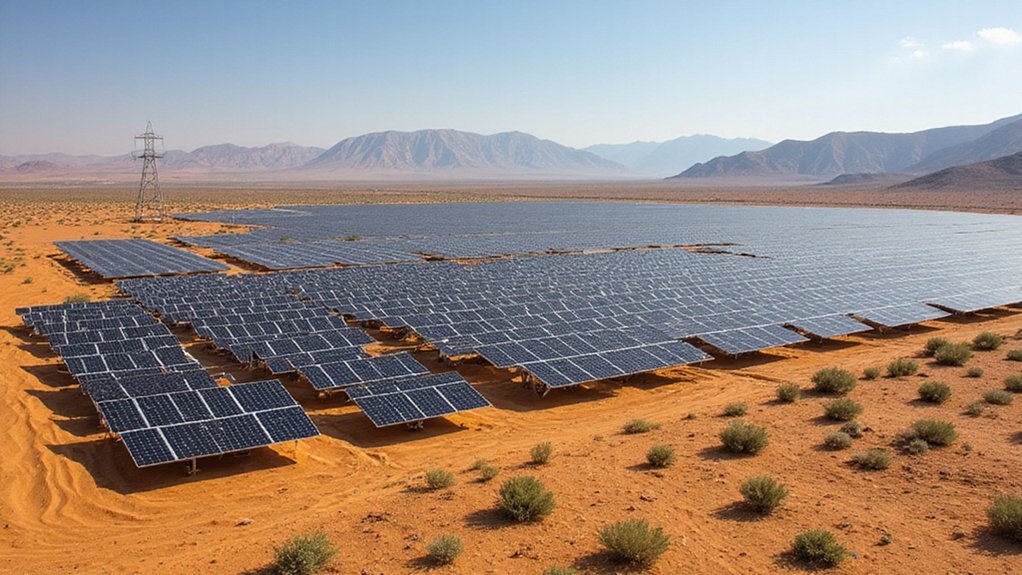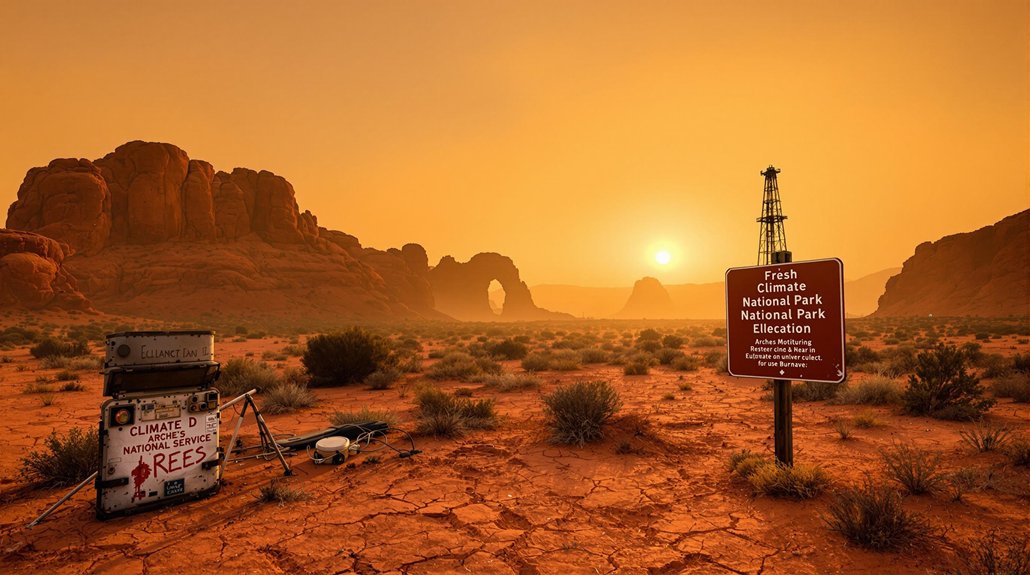While scientists have been warning for years about the rising threat to coral ecosystems, nothing prepared them for the devastation now unfolding along Western Australia‘s coastline. The 2025 marine heatwave has triggered what experts are calling the worst coral bleaching event on record for Western Australia. Great. Another “worst ever” climate headline.
The numbers are brutal. Unprecedented heat stress has hammered 84% of global reefs since January 2023, with Western Australia taking the heaviest hit by May 2025. NOAA’s monitoring systems have been flashing red for months, with their regional gauges tracking sustained high HotSpot and Degree Heating Week values that basically translate to “corals are cooking.”
The climate scoreboard is blinking disaster as reefs worldwide simmer in their own thermal graves.
This isn’t just some isolated patch of reef having a bad day. We’re talking widespread devastation across most regions of Western Australia, with Ningaloo and other critical reef systems sitting in thermal baths for weeks on end. Satellite monitoring shows the heat stress hasn’t let up, though scientists expect the risk to decrease in coming weeks. Too little, too late for many coral colonies.
The culprit? A prolonged marine heatwave that’s part of the fourth global bleaching event, which NOAA confirmed began in 2023. By early 2025, mass bleaching had been reported in more than 83 countries. Fantastic achievement, humanity.
What makes this particularly grim is the severity. Fast-growing corals like Acropora have been hit hardest, with bleaching giving way to mortality as the stress continues. These impacts parallel what happened to the Great Barrier Reef, which experienced a 30.6% coral cover drop in its Southern region between 2024 and 2025. And while the peak hit around May 29, 2025, scientists say the full death toll won’t be clear for months.
The event sits within the broader context of consecutive-year bleaching seen on the Great Barrier Reef in 2024-2025. Interestingly, reports from CORDIO East Africa indicate that the Western Indian Ocean has seen minimal coral mortality despite widespread bleaching in the region. For Western Australia’s reefs, this isn’t just another bad summer—it’s potentially an ecological turning point. Daily updates and four-month outlooks from monitoring agencies paint a picture that’s getting harder to look at with each passing week.
References
- https://gcrmn.net/2025/08/06/gbr-monitoring-2024/
- https://icriforum.org/bleaching-hub/coral-bleaching-latest-news/
- https://www.aims.gov.au/research-topics/environmental-issues/coral-bleaching/coral-bleaching-events
- https://coralreefwatch.noaa.gov/product/vs/gauges/central_western_aus.php
- https://resourcewatch.org/dashboards/coral-reefs-australia
